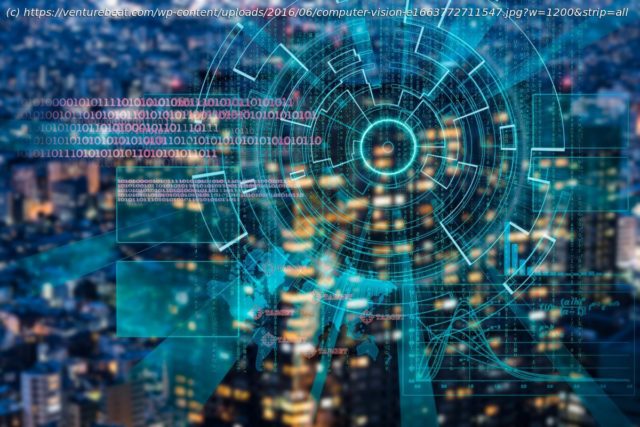Key to edge AI and computer vision, Deci AI this week has released a set of semantic segmentation models, DeciSeg.
Edge devices must be able to process delivered data quickly, and in real time. And, edge AI applications are effective and scalable only when they can make highly accurate imaging predictions.
Take the complex and mission critical task of autonomous driving: All relevant objects in the driving scene must be taken into account — be it pedestrians, lanes, sidewalks, other vehicles or traffic signs and lights.
“For example, an autonomous vehicle driving through a crowded city must maintain high accuracy while also operating in real time with very low latency; otherwise, drivers’ and pedestrians’ lives can be in danger,” said Yonatan Geifman, CEO and cofounder of deep learning company Deci.
Key to this is semantic segmentation, or image segmentation. But, there’s a quandary: Semantic segmentation models are complex, often slowing their performance.
“There is often a trade-off between the accuracy and the speed and size of these models,” said Geifman, whose company this week released a set of semantic segmentation models, DeciSeg, to help solve this complex problem.
“This can be a barrier to real-time edge applications,” said Geifman. “Creating accurate and computational-efficient models is a true pain point for deep learning engineers, who are making great attempts to achieve both the accuracy and speed that will satisfy the task at hand.”
According to Allied Market Research, the global edge AI (artificial intelligence) market size will reach nearly $39 billion by 2030, a compound annual growth rate (CAGR) of close to 19% over 10 years. Meanwhile, Astute Analytica reports that the global edge AI software market will reach more than $8 billion by 2027, a CAGR of nearly 30% from 2021.
“Edge computing with AI is a powerful combination that can bring promising applications to both consumers and enterprises,” said Geifman.
For end users, this translates to more speed, improved reliability and overall better experience, he said. Not to mention better data privacy, as the data used for processing remains on the local device — mobile phones, laptops, tablets — and doesn’t have to be uploaded into third-party cloud services.






